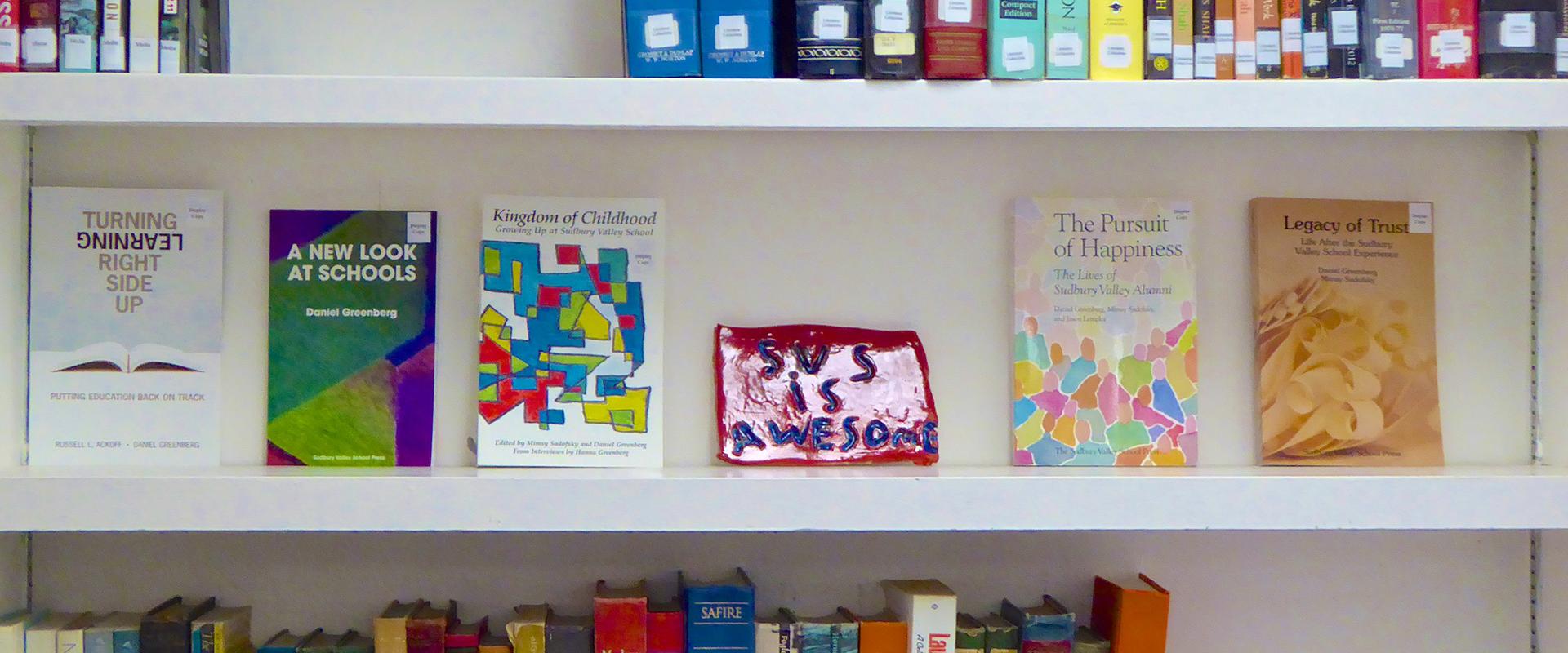One day last Spring, as I was walking by the Red Couch room on my way to the school’s office, I noticed half a dozen young girls, most under the age of eight, playing happily. Actually, it would have been hard to miss this scene: the elements of the game, whatever they signified, were spread all over the floor, couch, chairs and table, and each one seemed to have been put in place with some clear sense of purpose.
Scenes like that always pique my interest. I paused for a moment, not wanting to intrude by talking to them or staring at the game, when I saw out of the corner of my eye one of the youngest of the lot, Quinn, standing with her arms crossed in front of her chest and her hands buried in the sleeves of the opposite arms. She looked like a stately matron surveying the scene with hands comfortably ensconced in a muff.
A mischievous inspiration seized me, offering an opportunity for a playful interaction that might be fun for all of us. I stood in the open doorway, looked straight at Quinn, and declared in mock concern, “Quinn! What happened to your hands? Oh my goodness, they’ve disappeared! We have to hurry down to the store to buy you new ones!”
Quinn burst out laughing. The others stopped what they were doing, and instantly realized the opportunity that had fallen into their laps for a new, different game. The moment Quinn pulled her hands out of her sleeve and showed me, triumphantly, that she had not in fact lost her hands, one after another of the girls found ways to “lose” parts of their body and spur me to suggest buying replacements at the department store. One tucked both arms into her shirt, and showed me her armless torso, waiting for my response, which was, of course, that we had to go to the store to buy her new arms. Quinn herself repeated the hand “losses” several times, then shifted to one arm missing. A host of imaginative contortions followed from all the others, each kid running up to show me what they had to “buy” to make themselves whole.
The game ended when one of the girls pulled her hoodie over her head and displayed herself headless, in need of a replacement cranium! That won widespread admiration for creativity! The game had been thoroughly enjoyed by all parties.
What happened next, however, was the most revealing part of the scene. As soon as I moved to depart and continue on my way to the office, the whole gang went right back to their original game, and picked up where they had left off. Nothing could have shown more clearly how focused and intense they had been in the immensely complex game they had created and played before I came. Never at a loss to pick up some new imaginative play, as they had with me, that interlude had not distracted them from their original, important activity.
We all know, of course, that creativity is not a limited commodity. What became clear here is that people immersed in an imaginative venture can readily pause and immerse themselves in another one, without losing their interest in the first one. Focus and intensity, the hallmark of Sudbury Valley - and they reveal themselves in children of all ages, even those under eight!

